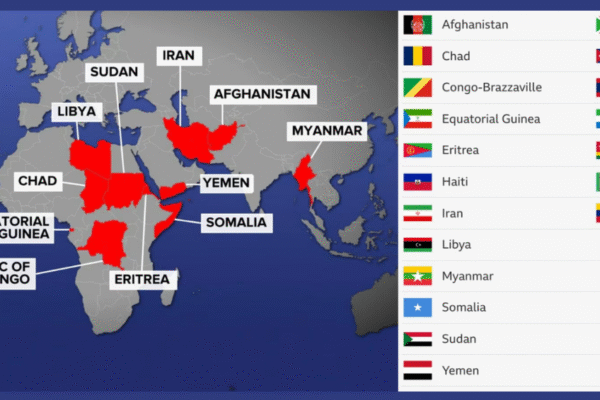In today’s world, where people from different cultures and backgrounds move across borders more than ever before, the concepts of assimilation and integration have become key topics in public discussions. Governments, communities, and individuals often debate how newcomers should adapt to their new society. Should they fully adopt the new culture, or is it better to maintain their original identity while participating in society?
In this article, we’ll break down the key differences between assimilasjon and integration in simple terms. Whether you’re a student, policymaker, or simply curious about how multicultural societies function, this guide will help you understand how these two concepts affect both individuals and communities.
What Is assimilasjon?
Assimilasjon is the process where individuals or groups adopt the culture, language, and norms of the majority society, often at the cost of giving up their original cultural identity. In other words, people undergoing assimilasjon become more like the host culture and may lose or downplay their original traditions, beliefs, or language.
For example, if a family moves to a new country and completely stops speaking their native language, celebrates only the national holidays of the new country, and does not pass on their cultural traditions to their children, that’s a clear case of assimilasjon.
While assimilasjon can help people feel like part of the majority culture, it also raises concerns about the loss of cultural diversity and identity.
What Is Integration?
Integration, on the other hand, means becoming part of a new society while still keeping parts of your original culture. In this approach, individuals are encouraged to participate in social, economic, and political life without needing to give up their cultural background.
For instance, someone who learns the local language, gets a job, and votes in elections but also continues to cook traditional food, celebrate cultural festivals, and speak their native language at home is practicing integration.
Integration promotes a multicultural society where many cultures coexist and contribute to the richness of the community.
Key Differences Between assimilasjon and Integration
Let’s look at some of the core differences between assimilasjon and integration:
1. Cultural Identity
-
Assimilasjon requires individuals to give up or hide their original culture to fit into the new one.
-
Integration allows individuals to keep their cultural roots while participating in the new society.
2. Language Use
-
In assimilasjon, the use of the native language may be discouraged, even at home.
-
In integration, people may use the local language in public but still speak their native language within their families or communities.
3. Social Expectations
-
Assimilasjon often pressures newcomers to behave exactly like locals.
-
Integration accepts that people can be different and still belong to society.
4. Government Policies
-
Some governments favor assimilation, expecting immigrants to fully adapt to the national identity.
-
Others encourage integration by offering support for cultural activities, language learning, and inclusion.
Pros and Cons of assimilasjon
Assimilation has some advantages. It may make it easier for newcomers to find jobs, avoid discrimination, and feel accepted. In a society where everyone follows the same customs and language, communication and understanding can be more straightforward.
However, assimilasjon also has downsides. It can lead to cultural loss, identity struggles, and a feeling of being disconnected from one’s roots. In many cases, people who undergo assimilation still face rejection, as some parts of society may not fully accept them regardless of how much they adapt.
Pros and Cons of Integration
Integration allows people to be themselves while also contributing to the larger society. It supports diversity and helps build mutual respect between different cultures.
The challenge with integration is that it requires more effort from both sides. The majority society must be open and inclusive, and newcomers must actively participate in the new culture without isolating themselves.
How Societies Choose Between assimilasjon and Integration
The approach a society takes assimilasjon or integration depends on its history, values, and political goals. For example:
-
Countries that value a single national identity may promote assimilation.
-
Multicultural nations may design policies to support integration, celebrating multiple cultural identities.
In Europe, for instance, France has traditionally leaned toward assimilasjon, promoting a strong sense of national identity. Meanwhile, countries like Canada and Sweden have promoted integration and multiculturalism as part of their national values.
The Human Side of assimilasjon
It’s important to remember that assimilasjon is not just a political concept, it affects real people. Many immigrants feel torn between wanting to fit in and wanting to keep their cultural identity. Children of immigrants often grow up between two cultures, sometimes feeling like they belong to neither fully.
Understanding the impact of assimilation on mental health, family dynamics, and community belonging is vital for creating supportive environments for everyone.
Final Thoughts
Both assimilasjon and integration are ways for people to adapt to life in a new society. However, they come with very different expectations and outcomes. Assimilasjon asks individuals to become like everyone else, often at the cost of their cultural background. Integration, on the other hand, allows for diversity while building social unity.
There’s no one-size-fits-all solution. But as the world becomes more connected and multicultural, many experts agree that integration offers a more respectful and sustainable path forward. Encouraging both cultural preservation and active participation in society leads to stronger, more inclusive communities.








